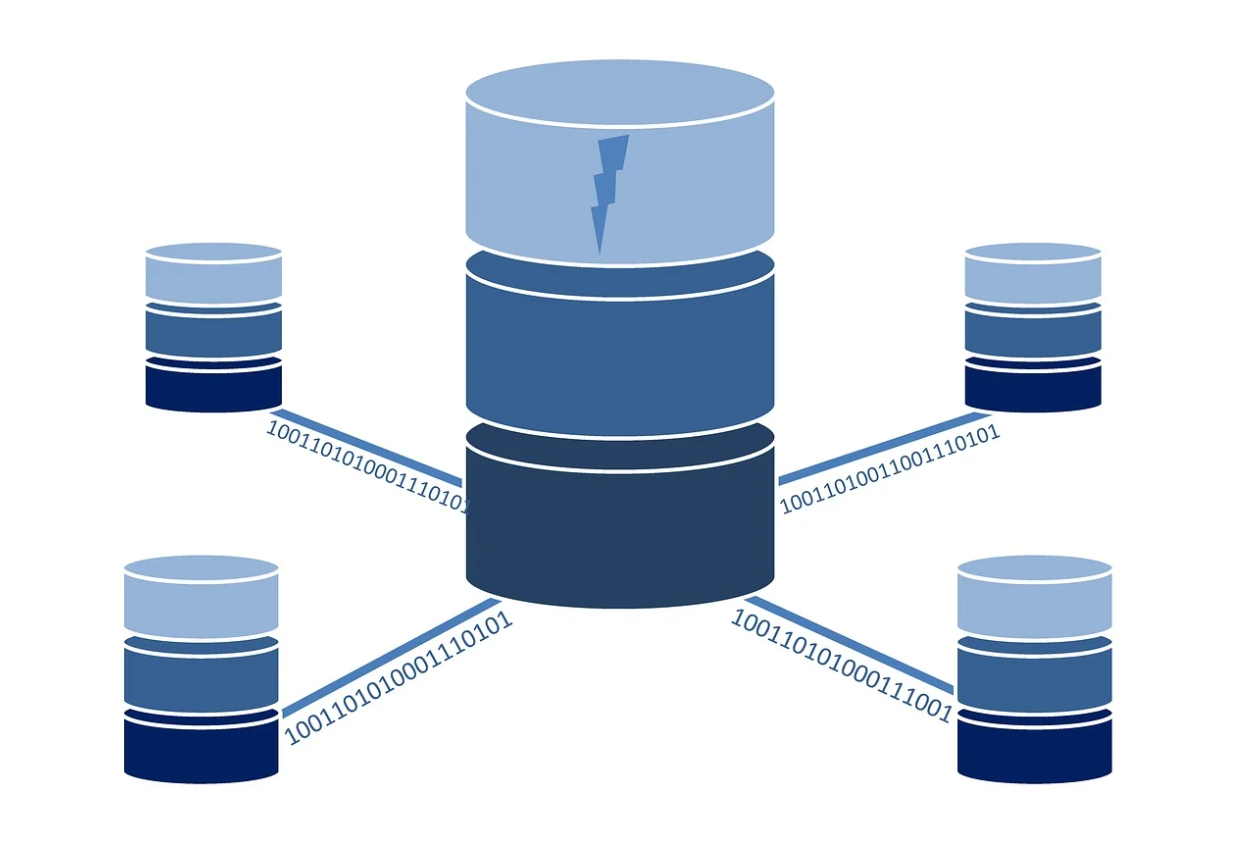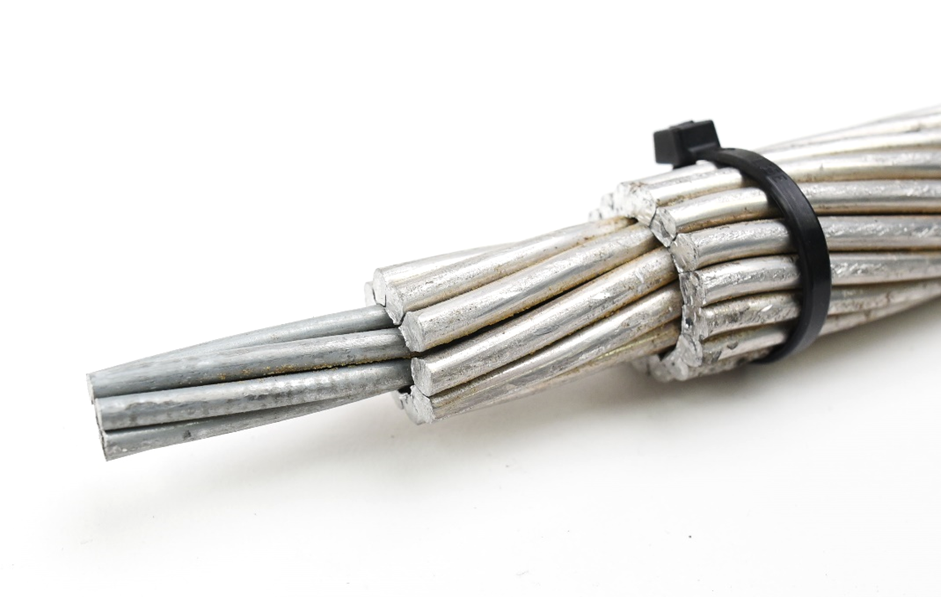Objective
Overhead transmission (OHT) systems present unique asset management challenges due to their significant capital costs, large and geographically dispersed footprint, public-facing profile, and vital function of moving bulk power within and among utilities. This project intends to address these challenges and help utilities make good asset life-cycle management decisions by increasing transmission system business intelligence capacity, developing decision support tools and methods for overhead transmission systems and individual components, and applying new insights and inferences extracted from analysis of asset data such as inspection, condition assessment, and maintenance history. The project aims to:
- Receive utility data; organize and curate the received data
- Design, develop, and update data models
- Develop and populate databases using developed data models and extracted information from utility-supplied datasets
- Analyze database content; assess and understand factors and variables influencing asset performance
- Develop metrics to quantify existing performance
- Develop methodologies and tools to assess performance and risk
These elements are meant to be integrated into a comprehensive decision-support framework.
Research Value
Research results provide utilities with new knowledge and information vital for effective asset maintenance and management, including:
- Analysis-based risk-informed decision making supported by sound technical basis
- Improved capital planning, inspection, and maintenance prioritization
- More efficient use of maintenance resources to manage operational risk
- Early identification of component type issues, reducing unplanned outages
- Reduced unplanned expenses and increased benefits and value of planned work
- More effective use of existing infrastructure and data
- Improved data quality and value from using consistent data formats suitable and useful for overhead transmission asset analytics
Public benefits from this R&D may include improved quality of service from a reduction in unplanned outages and costs, better utilization of capital, and improved customer satisfaction and service availability.
Approach

Transmission Line Risk Ranking (TLRR) Software plans to continue development of the generic software implementation of EPRI’s risk-based ranking framework for OHT systems, considering both individual components (such as conductors, structures, insulators, and arresters) and the overall line (such as length, environment) as an integrated system of components. TLRR intends to support overhead transmission line and component fleet management decisions to help optimize maintenance, increase reliability, and support capital planning. The software uses readily available utility data (e.g., condition assessment results, maintenance records, asset demographic information), degradation research, subject matter experience, and advanced algorithms to calculate a line or component’s relative ranking and need for maintenance or replacement. Efforts in 2026 intend to:
- Develop additional software enhancements to:
- Refine algorithms to incorporate new metrics developed and lessons learned from utility implementations
- Investigate how to incorporate useful data sources such as geospatial and images
- Improve usability
- Continue development of the TLRR user manual to provide guidance on the type of input data required to utilize the TLRR software and how to use the software.

Overhead Transmission Line Performance Data Model intends to continue development of the data models for required input data to utilize TLRR software and/or feed into the industrywide database for calculating line and component performance metrics.
Overhead Transmission Line Performance Metrics Based on Industrywide Data intends to compile and analyze transmission line inspection and maintenance data from member utilities. The results could provide insights for better-informed decisions regarding inspection and maintenance program development; task and timing selection; benchmarking comparison among utilities; and replacement decision support.
In 2026, the project plans to:
- Continue to obtain transmission line inspection and maintenance data from member utilities
- Perform investigations, including AI-powered data mining and pattern recognition, to extract actionable information such as affected components, defects, severity, location, application (e.g., dead-end vs. tangential structures, suspension vs. compression insulators)
- Develop a consolidated, anonymized, and aggregated report on transmission line component performance data
- Incorporate results in TLRR development

Overhead Transmission Line Corrective Maintenance Taxonomy proposes to develop the maintenance task terminology hierarchical schema and standardize such terminology for utilization in extracting information from free-form text records to categorize and organize maintenance work orders in a consistent, analysis-ready manner. The schema also provides a logical framework that utilities can use to drive uniform data recording practices and as part of work management system specifications.
Analytics for Fleet Management of Transmission Line Wood Poles and Metal Structures plans to investigate and develop population performance metrics based on maintenance and condition assessment data for transmission line structures. The analytics are developed using results from utility-supplied maintenance, replacement, and demographic data; subject matter expert experience; and other inputs such as operating environment. The analytics may lead to the development of population survival models and other metrics. The results could be applied to plan capital and maintenance investments, prioritize inspections, and develop risk-mitigation strategies (e.g., wildfires, extreme weather events, etc.). Planned efforts in 2026 include:
- Continue collection and processing of industrywide wood pole and steel structure fleet inspection, replacement, and demographic data.
- Continue development of analytic techniques to better understand the survival performance of wood pole and steel structure populations and the effect of variables such as service age, species/material, original treatment type, remediation, environment, inspection providers, design specifications, etc.
- Incorporate results in TLRR development
- Investigate analytics to quantify the relationship between the occurrence of storm-damaged poles or structures and prior condition. Results may be useful for establishing special replacement criteria for certain locations, upgrading replacement pole class, and changing inspection type/frequency.

Applying Geospatial Data for Overhead Transmission Asset Management plans to investigate how to better incorporate publicly available and readily accessible geospatial data (e.g., wildfire, vegetation, climate, corrosion) in overhead transmission asset analytics. This may allow for deeper and more informative insights regarding risk factors associated with asset location. Efforts in 2026 intend to:
- Identify new high-value use cases
- Investigate advanced geospatial analytical techniques for utility applications
- Continue the investigation and publish an updated technical brief highlighting potential applications of value, best practices, as well as capabilities and limitations of these resources
- Identify new data sources useful for utility applications Using Imagery for Overhead Transmission Asset Management Analytics intends to continue assessing the state of the image analysis science regarding the feasibility and practicality of using large image-based datasets to support and supplement existing analytical approaches of more traditional data sources (e.g., spreadsheets containing inspection records, maintenance records, demographic information). This work focuses on available data resources identification, data characterization, computation infrastructure requirements, and industry leading practices. Efforts in 2026 intend to:
- Continue working with members to identify high-value use cases
- Investigate performance of new open-source tools and models
- Coordinate with P34.001 tasks on scouting of emerging technologies and large language model benchmarking

Analytics for Fleet Management of Transmission Line Conductors and Shield Wires proposes to continue the investigation and development of condition assessment analytics for transmission line conductors and shield wires. The analytics are developed using laboratory testing of utility-supplied field-aged samples or live line assessment results, replacement and demographic data, subject matter expert experience, and other inputs, such as operating environment. The analytics could lead to the development of survival models of conductor and shield wire populations. With sufficient data, the models can be applied to investigate population survival rates and plan capital and maintenance investments. EPRI can work with members through a one-on-one supplemental project to help collect field-aged samples and perform tests to initiate the collection of the data necessary for analytical model development. Efforts in 2026 intend to:
-
Continue collection of industrywide field-aged conductor and shield wire samples and data from laboratory condition assessments, replacement records, and demographic records
-
Continue development of analytic techniques to better model the degradation of conductors and shield wires and the effects of variables such as environment as data permits

Analytics for Fleet Management of Other Transmission Line Components aspires to investigate the development of population performance metrics for other transmission line components such as insulators and arresters. Key research questions and readily available data (inspection, failures, replacement, maintenance, test results, subject matter expert experience, operating environment, and other relevant EPRI research) will be identified with guidance from participating members to enable the development of suitable analytics. The development may lead to new knowledge for use in planning maintenance and capital investments, inspections, and replacement decisions.

Data Requirements for Overhead Transmission System Component Performance Analysis intends to enumerate and describe the types of data that have been found useful as inputs to EPRI fleet management analytics for transmission line components and present useful parameters and related examples or descriptions. These data have been useful in analyses to derive maintenance, replacement, and other asset management decision-support information. This report is intended to facilitate the data collection and sharing efforts and may also be used to inform stakeholders in less equipment- or operations-focused departments responsible for data storage at utilities.
Anticipated Deliverables
| Deliverable | Date |
|---|---|
| Overhead Transmission Line Risk Ranking Tool (Software and User Manual) | December 2026 |
| Overhead Transmission Line Risk Ranking Framework – Development and Demonstration (TechnicalReport) | December 2026 |
| Overhead Transmission Line Performance Data Model and Metrics (Technical Report) | December 2026 |
| Overhead Transmission Line Corrective Maintenance Taxonomy (Technical Report) | December 2026 |
| Overhead Transmission Wood Pole Fleet Management (Technical Report) | December 2026 |
| Overhead Transmission Steel Structure Fleet Management(Technical Report) | December 2026 |
| Applying Geospatial Datafor Overhead Transmission Asset Management (Technical Brief) | December 2026 |
| Using Imagery forOverhead Transmission Asset Management Analytics (Technical Brief) | December 2026 |
| Overhead Transmission Conductor and Shield Wire End-of-Life Model Development (Technical Report) | December 2026 |